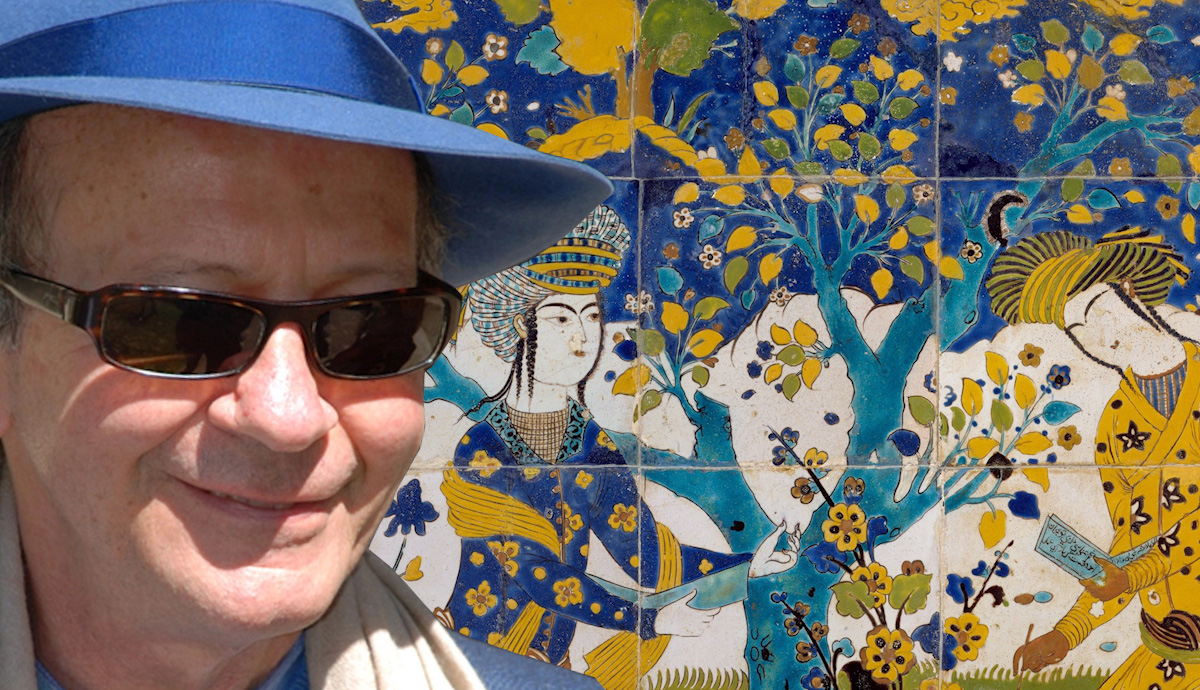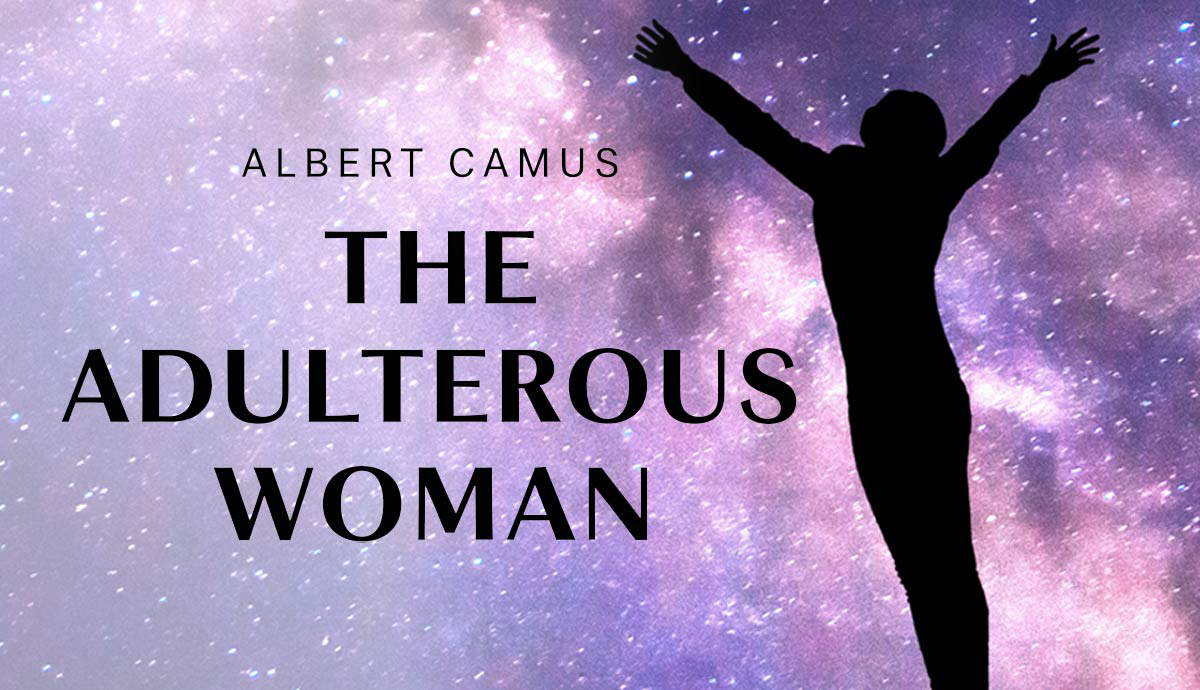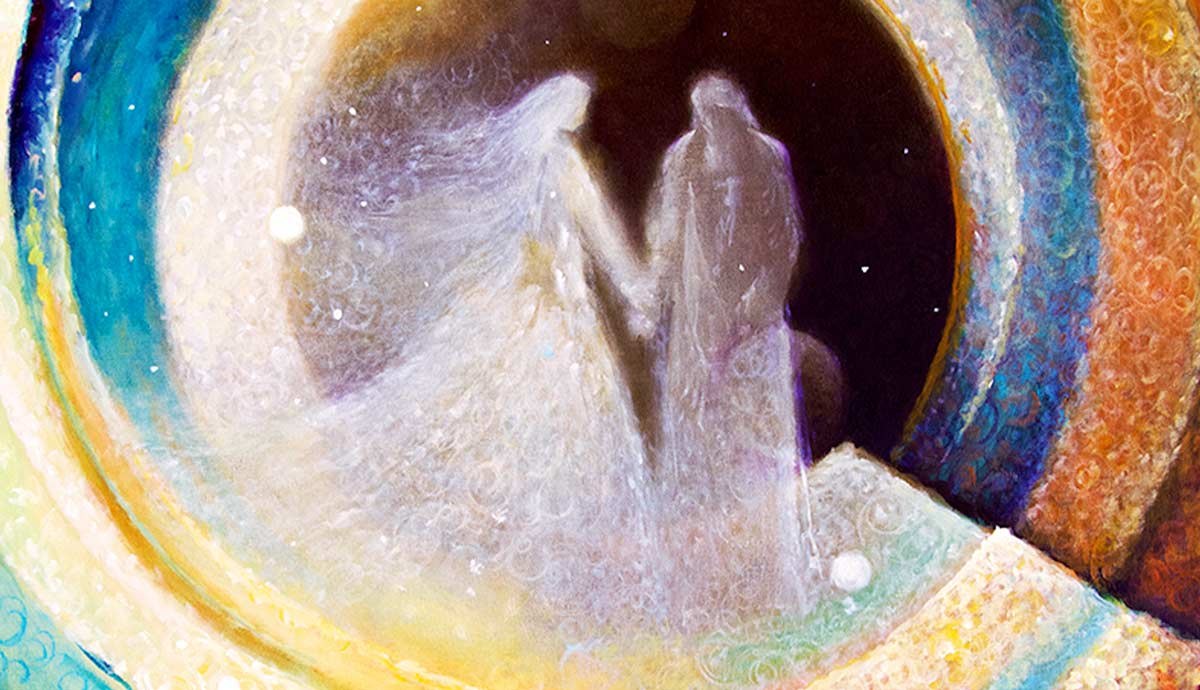
How do the demands of creative expression and the demands of philosophy intersect? This article summarizes Giorgio Agamben’s answers to that question. This article begins by identifying the three core elements of Agamben’s aesthetics. It then moves to discuss Agamben’s theory of the modern which grounds his aesthetics. Several of Agamben’s poetic interlocutors — from the Troubadours to modern Italian poets — are introduced, and Agamben’s theory of the relationship between art (especially poetry) and philosophy is developed. The article concludes with an interpretation of Agamben’s claim that philosophy has failed to “elaborate a language,” and what reversing this failure might involve.
Giorgio Agamben’s Aesthetics and Its Relationship to the Philosophy of Language

Agamben’s aesthetics and his philosophy of language are inseparably intertwined. Following Catherine Mills, an Agamben scholar (among other things), we can begin by summarizing three elements of Agamben’s aesthetics and language.
First, there is the question of pure communication and whether language can be separated from the unsaid. Second, there is the question of founding new forms of experience on language, rather than other forms of experience. There is a subsidiary issue here of the relationship between experience and language, the relationship between linguistic and non-linguistic forms of experience. Last, there is the issue of the relationship between poetry and philosophy, and whether it is possible to reverse the traditional opposition between these two forms of expression.
Agamben diagnoses contemporary life as a life without experience, or rather as a life where the facts which govern it (facts about the scientific-technological advances which have come to govern our lives) are at odds with our ordinary awareness of ourselves, the world, and our place in it.

Agamben’s solution to this problem lies in language, and the possibility of learning to use language in new ways in order to fulfill the role that other forms of non-linguistic knowledge or experience once did. There is an approximate distinction between the elements of our mental life which are articulated — which have a linguistic corollary — and those which are not or cannot be. Agamben’s aesthetics is governed by his conception of the role of language in modern life, and the importance of linguistic developments which meet the challenge posed by the destruction of experience.
In Search of Language

Agamben believes that there is a tendency in Western philosophy to predicate language on a “negative” foundation. What is a negative foundation in this context? If, for instance, I were to argue that language is in some way based on that which cannot be said — perhaps language is what we cannot not say, what we are incapable of not saying, or alternatively that language is the absence of ineffability — then that would constitute an argument for language having a negative foundation.
Agamben is interested in forms of language that do not rest on such a foundation. In other words, on forms of language that proceed from language taking place on its own, or where language is prior to non-language, the unspeakable. One potential problem with this is that language evidently doesn’t emerge from nothing — how can we avoid there being a negative ground of language?

The analogy Agamben uses is that of infancy — a state of pre-linguistic existence that is not negatively related to language. Agamben looks to poetry in search of this new language, or new use of language. In doing so, Agamben revolts against an opposition between poetry and philosophy which can be traced at least back to Plato, who claimed that the poets were masters of appearance, whereas only philosophy would allow human beings access to unaltered reality in itself.
Agamben’s aesthetics are continuous with his poetics, his philosophy of language, and his philosophical project as a whole. Understanding Agamben’s aesthetics relies on our being able to move back and forth between each element of this theoretical structure. Agamben looks to poetry for a kind of linguistic limit experience, the exception that defines the rule, and a kind of originality and force in which the source of a new way of speaking could be found. Agamben returns again and again to the 12th century and the emergence of modern European poetry in Provence and Italy, followed then by the distinctly Italian reaction of the Stil Novo (new style) poets, of whom Dante is the most famous.
Enter the Troubadours

The “Troubadour” poets are of interest to Agamben in part because they seem to posit a conception of language that is founded, above all, on a “union of knowledge and love.” Yet ultimately, the Troubadours still grounded language on negativity, because it was conventional to conceive of love as basically unattainable. Language is still seen as being in a position of failure, of impotence.
Given this fixation on linguistic failure as the starting point for language, it is no surprise that Agamben is also interested in the idea of the “dead language.” He is especially fascinated by one of the most famous and significant language deaths, that of Latin between the 14th and 15th centuries. Dante was one of the foremost “murderers” of Latin, and his essay in defense of writing in the vernacular (i.e, what would become modern-day Italian) was extremely influential.
As Agamben notes, the killing of Latin is inseparable from the birth of Italian, and perhaps this is true for the creation of any language. That a given language has precursors necessitates its negative foundation. Agamben sometimes refers to his “dream” of a language, which is “human speech that is univocal.” Agamben is dreaming of an end to bilingualism, of a time before the fall of the Tower of Babel.
The Tower of Babel

One of Agamben’s more modern poetic interests is in the Italian poet Giovanni Pascoli. Pascoli thought that poetry relied on a certain kind of negativity — that the language of poetry is a dead language.
Before going further, it is worth dwelling on how right Pascoli is. Modern-day poetry, while it is in many formal senses hyper-modern, is far less concerned with making itself appear contemporary than modern fiction or drama. Even the formal fluidity of modern poetry has not made certain formal structures obsolete — it is still possible to write sonnets today, but it is not possible to write plays that follow Shakespeare’s formal strictures. In other words, poetry is aware of itself as an anachronism, or at least as heavily burdened with its own history. Novelists still have pretensions about creating mass media in a way poets largely do not.
Pascoli’s poetry, in Agamben’s view, is defined by its attempt to force the separation of sound and sense in poetry to its absolute limit, to force us to confront poetry as a form of linguistic death. Agamben, however, turns the climax of negativity on its head when he claims that this opposition between sound and sense, or the semiotic and the semantic, leads to a collapse, to silence, which amounts to language communicating itself, unmediated by anything else.
Giorgio Agamben on the History of Philosophy Repeating Itself

Agamben is, in this regard, rather like a surgeon who claims that our experience of the body is at its most direct when we have taken it apart — when the body as a whole dissolves into the body as a composite of organs and bones. All of this is to say that Agamben finds promise in poetry, in philosophy, in yet-to-be-discovered experiments in silence.
At the same time, disappointment pervades Agamben’s aesthetics: “philosophy has failed to elaborate a proper language… and poetry has developed neither a method nor self-consciousness.” The failure of philosophy to elaborate language can be understood in various ways. In part, the long-running antipathy between philosophical language and ordinary language (despite attempts at a reconciliation) might be a hindrance. The value of experimenting with language is limited if the language one begins with is so technical, so specialized, and so alien to non-philosophers that the results of whatever linguistic experiment you undertake lack significance for the vast majority of people. Yet the problem might seem to run deeper than this.

The fact that philosophy’s attempts at defining “proper language” have historically focused on an attempt to conflate language and logic, and to reduce or refine language within the confines of logical languages (which cannot, by their very nature, be spoken) might seem to reassert the negative basis for language.
If this tendency in philosophy is part of its failure to elaborate a proper language, then it is a tendency that goes back to Aristotle at least. Yet, philosophy is a self-consciously “canonical” discipline: the major figures in the philosophical canon are subject to endless reappraisal, but their importance within it is rarely placed in doubt. Perhaps Agamben’s call for philosophy to elaborate language is, in a sense, a call for philosophy to come to terms with its history, and to recognize that the way in which it metabolizes that history hinders truly radical philosophical projects.










